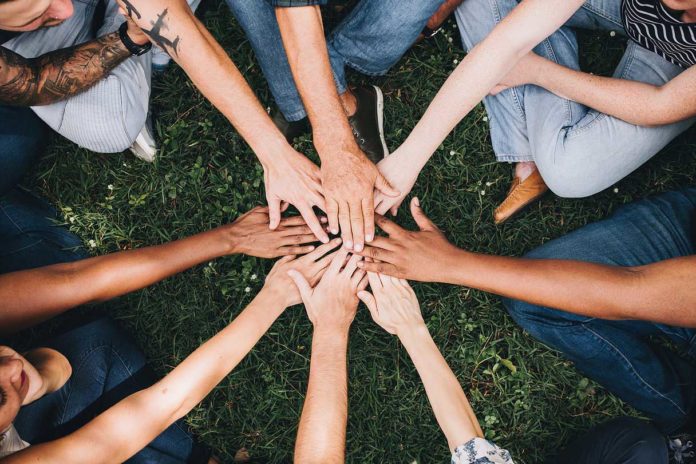Coordinating is the orderly arrangement of individual and group efforts to provide unity of action in the pursuit of a common goal. It involves the synchronization of different efforts of the individuals so that the planned objectives are achieved with minimum conflict.
In a new study by the Tokyo Tech, Imperial College London and the University of Tokyo, scientists demonstrated how practicing coordination could lead to improving the outcomes of physical rehabilitation.
Scientists used robotic interfaces to test coordination in groups of two, three and four partners and found that performance was improving with every additional group member.
According to a previous study, the haptic communication in pairs in a task similar to partner dancing and it improves the performance at a physical task when practicing with a partner.
This new study extends this finding to trios and quartets by clarifying haptic communication in groups critical to society.
Scientists found that the key to physical coordination was the ability to infer the group’s goal through touch. The same coordination mechanism was used in a previous study by Takagi and colleagues to design a “human-like” robot partner that coordinated with a human partner.
Dr. Atsushi Takagi, a lead author of the study who resides at the Institute of Innovative Research at Tokyo Institute of Technology (Tokyo Tech), said: “We were shocked by how well and fast partners learned to coordinate as a group through touch. Imagine trying to move a banquet table at a crowded wedding venue. With verbal communication, it’s immensely challenging to coordinate with others to ensure the table doesn’t bump against something, and the more people there are, the longer it takes to reach verbal consensus. With touch, coordination emerges in a matter of seconds, and the time taken to reach consensus is the same, irrespective of group size.”
Professor Etienne Burdet of Imperial College, the senior author of this study, added: “We expected that the performance would deteriorate with the noisy force of each additional group member. However, the performance improved with each group member, as each individual connects to a virtual collective hand which is the average of all partners’ hands so that the noise decreases with the number of partners.”
Scientists used computer simulations of the task to test what information was shared within the group through touch.
Dr. Takagi said, “A deeper understanding of the coordination mechanism will yield an algorithm for a group of robots to carry out physical tasks together.”
The study is published in the journal eLife.
